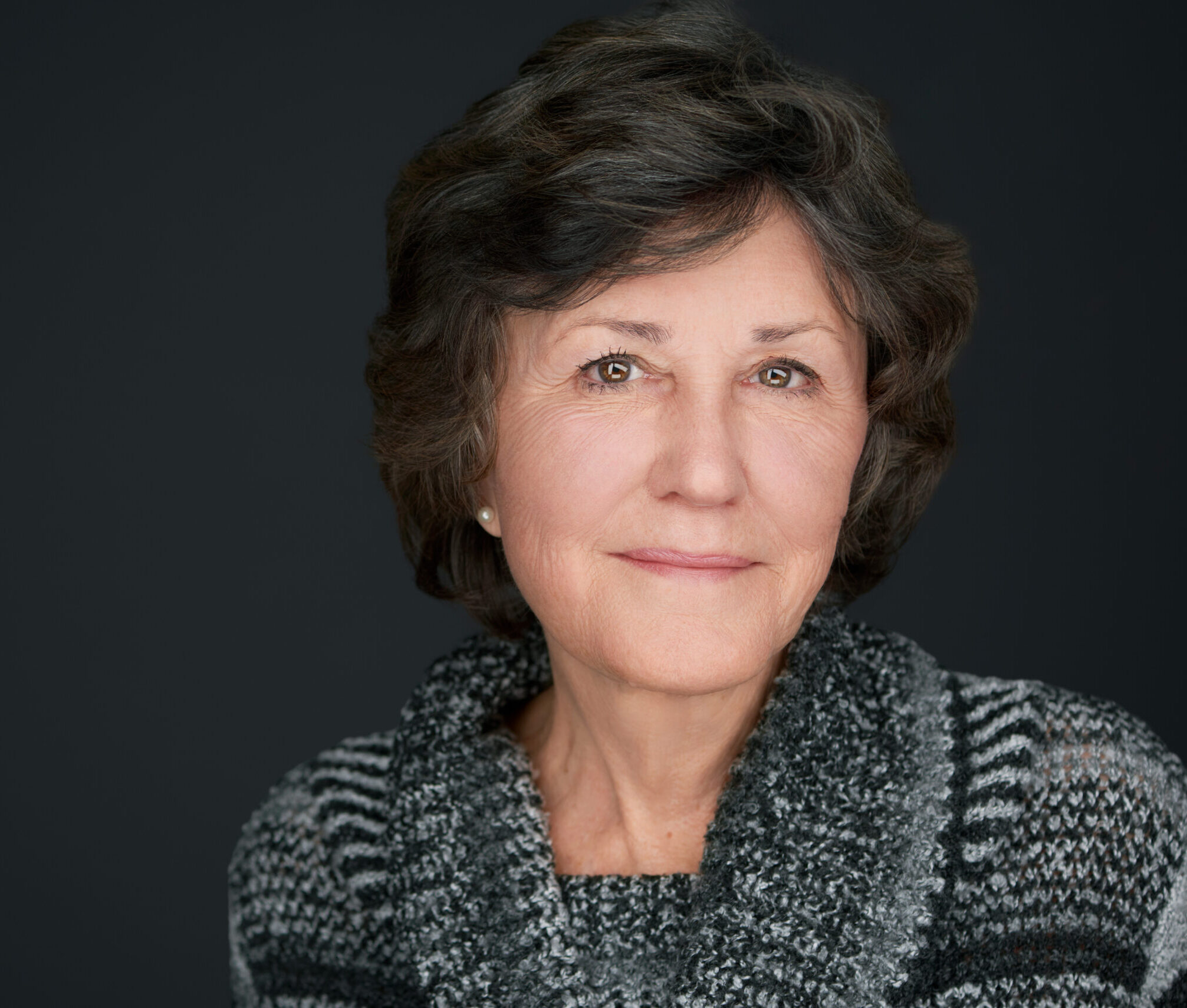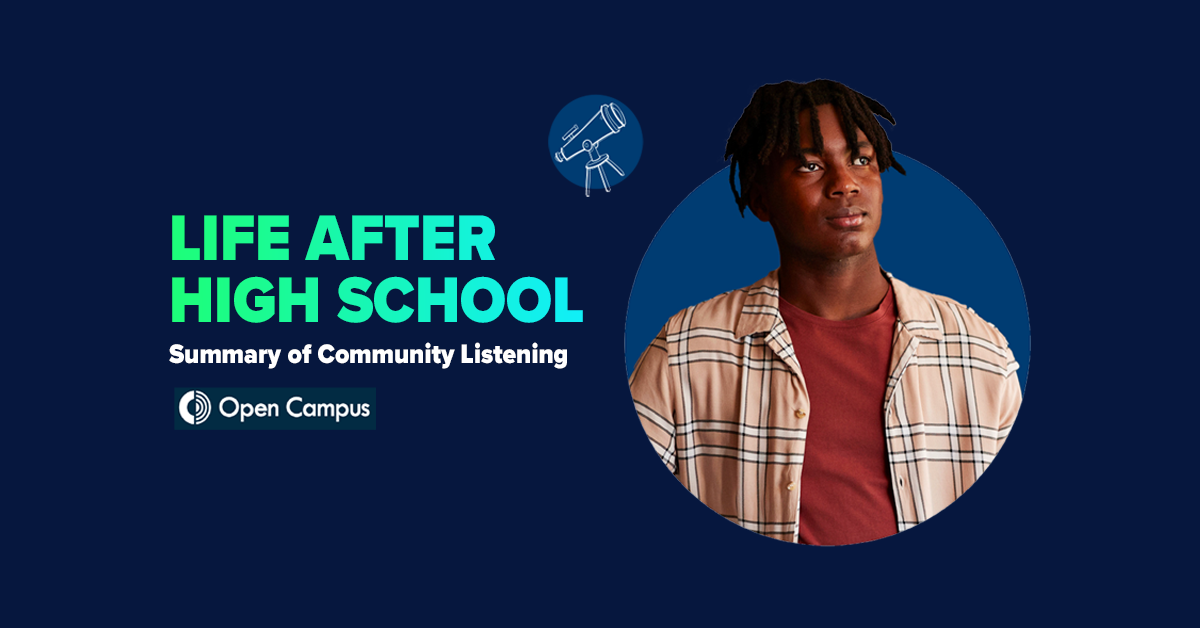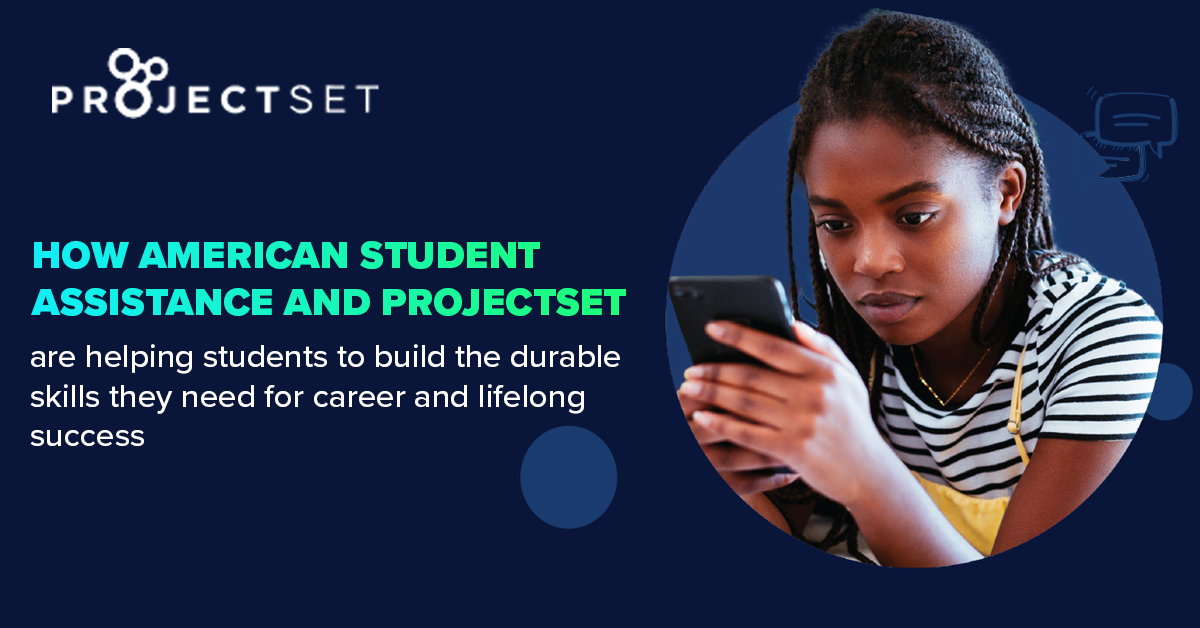One of my most memorable ASU+GSV experiences was participating in a fireside chat moderated by author and education consultant Michael Horn, alongside the President and CEO of Digital Promise Global, Jean-Claude Brizard. We wasted no time diving into a question that’s so important, it seems the future of the country rests on it. Namely, how can we prepare the next generation of young people for the careers of today and of the future?
As I explained during the fireside chat, we at ASA have done a lot of work researching the decisions that Gen Z youth are making about their futures. What do they value? What do they fear? Who influences their decisions? What do they want to accomplish? What are their goals and barriers? And what we repeatedly come up against is two important obstacles.
The first problem we’re seeing is that far too many young people haven’t had enough time to prepare for adult life. Many are simply not equipped – academically, emotionally, or financially – to make a strategic transition to their “next step” – one based on their interests and goals and one that transcends the knee-jerk reaction of “apply for colleges and hope for the best.” What’s the takeaway there? Kids need more time to prepare for life after school. The evidence shows that middle school, not high school, is the opportune time for self-exploration and career exploration to begin.
The second thing we repeatedly come up against – and what may come as a surprise to no one – is that the current setup of career readiness around the country is lacking. For kids to become motivated, informed, and have more agency over their future, they need strong career exploration programs and self-discovery opportunities. Kids need to be able to make the connection between learning and work, and they need to have opportunities to build the skills that will prepare them for today’s jobs and for the jobs of the future, so to speak.
Jean-Claude eloquently explained the need for deliberate integration of workforce learning and programming into school curriculum. “You think about the kinds of skills often associated with STEM careers, like pattern recognition, right? Can [kids] make sense of data, do they know how it can be applied to any field of study?” Asking these kinds of questions is so critical
But the big takeaway isn’t just to create more programming in schools. It’s that, for any of it to work, kids need to be met where they are. And many kids, frankly, aren’t that engaged with school. To that end, career readiness and self-exploration must be served in engaging, highly personalized formats, with a focus on highly relevant skills, and that those experiences need to be delivered in the digital spaces they know and love.
Beyond that, kids need to understand the relevance of careers to their own interests and personal ambitions, instead of trying to squeeze themselves into what they think a career path should look like. Let’s encourage them to think big and to explore career clusters they don’t even know about yet or those that are innately connected to their own lives and passions. Jean-Claude shared the example of meeting an emergency room nurse who learned about the medical industry in high school when her father got sick, which led her to realize she did want to pursue a medical career.
But kids can only explore career clusters if they know about them. Jean-Claude emphasized that when you say “aviation” to many kids they might only think about travel, without realizing there’s an entire sector of aviation careers that go far beyond pilot or flight attendant. So, this is as much about preparing kids for their own career path as it is about exposing them to an entire world of opportunity that isn’t otherwise going to come knocking on their doorstep. We must be very intentional about connecting the dots for them.
Our conversation covered the how, too. It’s clear that our existing structures and systems need a dramatic overhaul. Seat-time-based metrics of learning must give way to competency-based metrics; a shift that’s long overdue. This is happening in small pockets. Microcredentials, badges, work-based learning credits – these things are not new to employers. They’re becoming a part of the K-12 vernacular, but there’s a lot of work to do to bring this well within the comfort zone of school districts and parents who are helping their kids look at the next step. For that to happen, these formerly “alternative” credential types need to be granted legitimacy in the eyes of employers and of young people themselves. That means they need to be of high quality and rigor, and they need to hold meaning on the job.
All of this is why we at ASA are invested so deeply in helping kids navigate their futures. It’s also why we’re invested in the construction of an ecosystem of credentials, experiences, and pathways that young people can use to navigate all their education-to-workforce options. It’s my belief – and that of Jean-Claude and Michael – that every young person – regardless of family background, financial status, or personal interest – has the right to pursue their dream and build their own pathway to success. I encourage you to watch our full conversation here.




